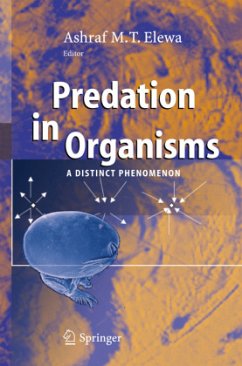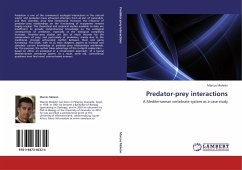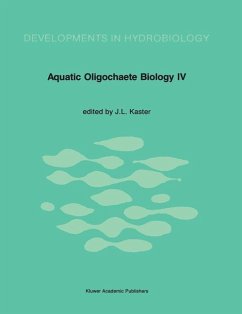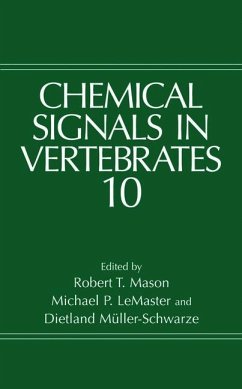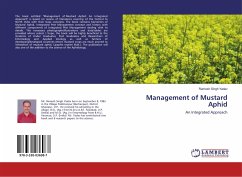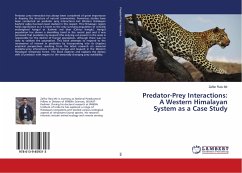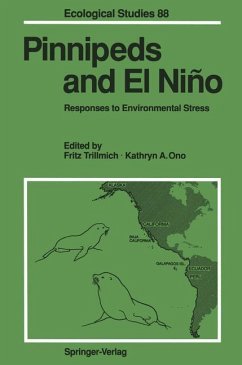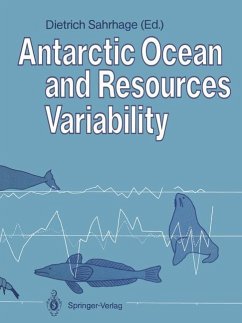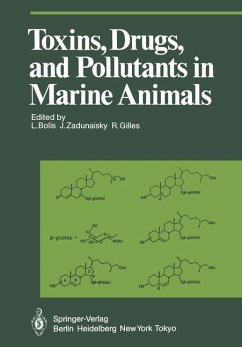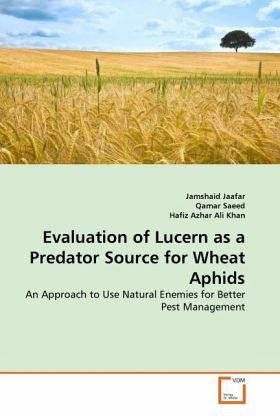
Evaluation of Lucern as a Predator Source for Wheat Aphids
An Approach to Use Natural Enemies for Better Pest Management
Versandkostenfrei!
Versandfertig in 6-10 Tagen
32,99 €
inkl. MwSt.

PAYBACK Punkte
16 °P sammeln!
Wheat (Triticum aestivum L.) is the staple food of the people of Pakistan and supplies 72% of the calories and protein in the average diet. During the last decade, different aphid species played havoc with its production. Chemical measures are usually discouraged owing to the direct consumption of whaet grains. This book, however, focuses on the role of lucern (Medicago saliva L.) as a supplier of predators to nearby wheat plots and their role in effective pest management of wheat aphids. Two year field trials revealed that minimum population of aphids was observed when wheat was intercropped ...
Wheat (Triticum aestivum L.) is the staple food of the people of Pakistan and supplies 72% of the calories and protein in the average diet. During the last decade, different aphid species played havoc with its production. Chemical measures are usually discouraged owing to the direct consumption of whaet grains. This book, however, focuses on the role of lucern (Medicago saliva L.) as a supplier of predators to nearby wheat plots and their role in effective pest management of wheat aphids. Two year field trials revealed that minimum population of aphids was observed when wheat was intercropped with lucern and vice versa. The establishment of beneficial insects on lucern harbouring aphids helped to limit the aphid population in intercropped wheat plots and maintained them below economic injury level. It reveals that intercropping of a fodder crop in wheat could help to decrease the insecticide application on this cereal crop of great importance.



